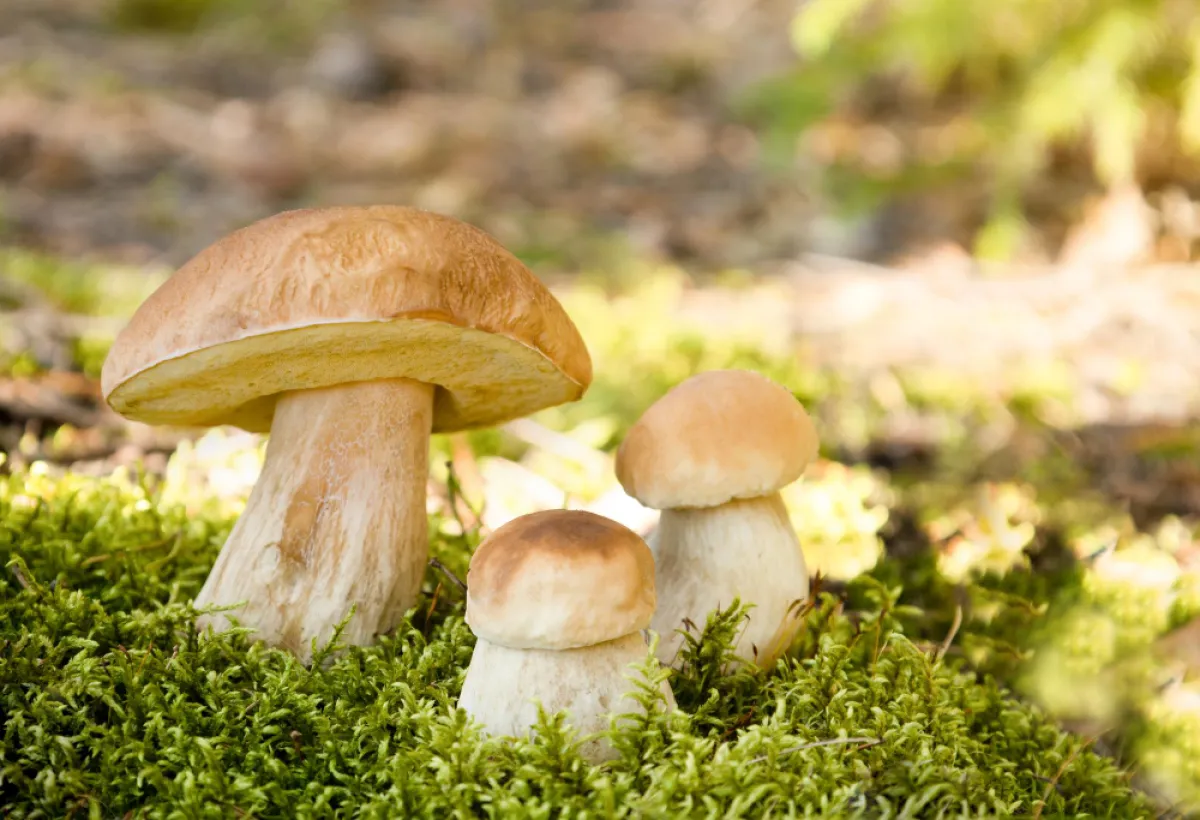
Thailand's climate is conducive to the growth of various types of mushrooms, especially during the rainy season when numerous mushrooms emerge. This prompts locals to collect and consume these naturally occurring wild mushrooms, some of which are also sold for income. However, it has been observed that a significant number of locals are unable to distinguish between edible and poisonous mushrooms, the latter of which can be extremely toxic and potentially lethal.
The National Biobank of Thailand, managed by the National Science and Technology Development Agency (NSTDA), along with a team of researchers from the Fungi Museum of the Microbial Bank, who are experts in mycological taxonomy, have been collecting samples for the mycological characterization of fungi in Thailand since 1996. To date, approximately 49,635 samples of 2,600 different species found in Thailand have been collected and preserved in the museum.
Additionally, they have been assisting the Toxicology Center at the Public Health Science Research Institute in identifying poisonous wild mushrooms. When incidents of poisoning or deaths due to mushroom consumption occur, a rapid response team is dispatched to the area to send samples to the Toxicology Center for toxin analysis, while also providing some samples to the research team to confirm the mushroom species. However, the problems they face include incomplete and cooked mushroom samples, making it difficult to identify the mushroom species. If no samples are left for testing, the location of the mushroom gathering is given for the investigation team to collect samples. But due to the short life cycle of mushrooms, some species last only 2-3 days, making it difficult to find the poisonous mushroom, or the collected samples may not be the poisonous ones.
The team has also developed a database for identifying "poisonous mushrooms" using peptide fingerprints, to distinguish between edible and poisonous mushrooms in Thailand. This information can be used in medical treatment and provides knowledge to the public, reducing the chances of deaths from consuming poisonous mushrooms.
To make the identification of poisonous mushrooms easier and more accurate, the research team has developed a "database of edible and poisonous mushrooms in Thailand" based on the analysis of "peptide fingerprints" (short chains of amino acids that form the toxins of the mushrooms) in the mushroom samples, using the MALDI-TOF (Matrix-Assisted Laser Desorption/Ionization-Time of Flight) mass spectrometer. This allows for the identification of peptide mass fingerprints unique to each strain and compiling them into a database for use as a tool in classifying mushroom species and their toxicity. At present, the Fungi Museum has recorded the peptide mass fingerprints of over 200 mushroom samples in Thailand.
The advantage of developing a mushroom identification method through peptide fingerprint analysis is that it requires a small amount of samples and can be analyzed accurately with results available within 30 minutes. Additionally, the cost of each analysis is affordable. Thus, if a patient with mushroom poisoning is found but only has incomplete mushroom samples, a mass peptide fingerprint analyzer can be used. The results can then be compared with the prepared database to immediately determine which type of poisonous mushroom it is. This will provide timely information to the treating physicians and notify the public in the area about the types of poisonous mushrooms they need to be cautious of, reducing the death rate from mushroom poisoning.
The development of a database for edible and poisonous mushrooms in Thailand, besides being beneficial in supporting medical treatments, can also be arranged as a body of knowledge for identifying poisonous mushrooms. This knowledge can be used for community training and public awareness campaigns, with the aim to reduce illness and death from mushroom poisoning.
Furthermore, this can be used to confirm and differentiate the strains of edible mushrooms before cultivation. In the future, the research team plans to extend this work to the creation of a database for venomous animals, which can be analyzed from peptides just like poisonous mushrooms.
Source: National Science and Technology Development Agency (NSTDA)
Tel. +66 2564 7000